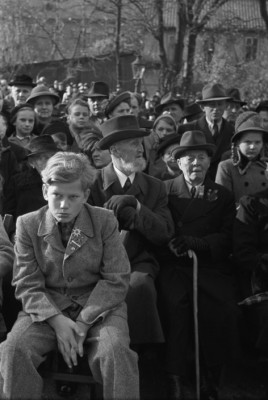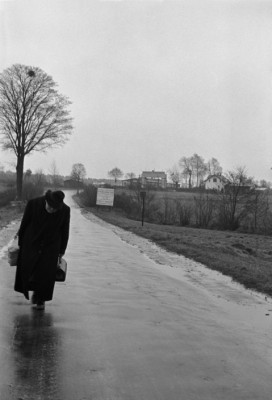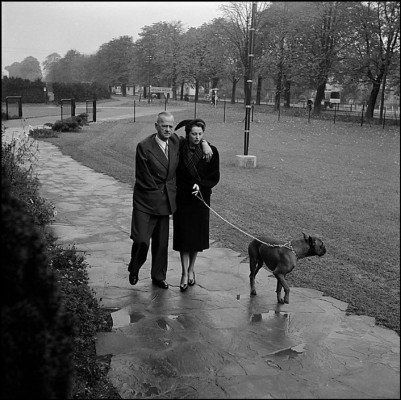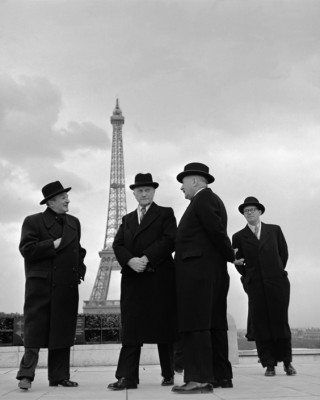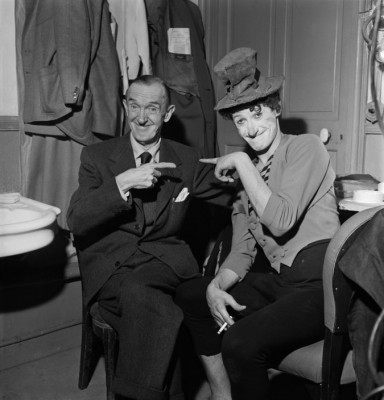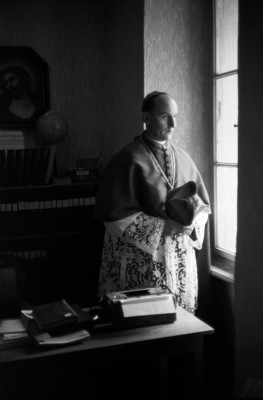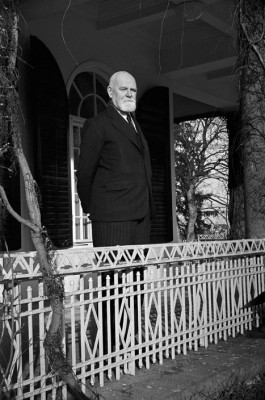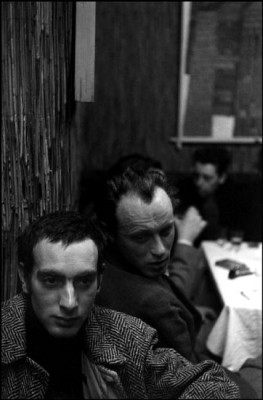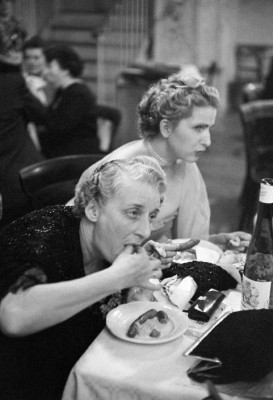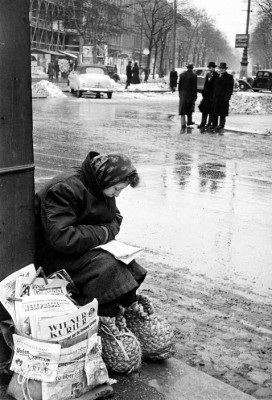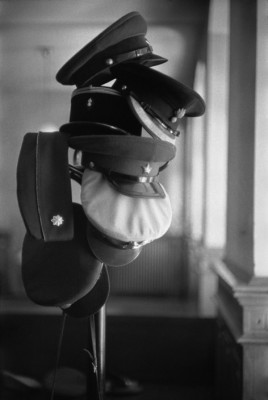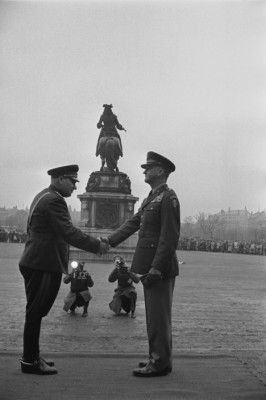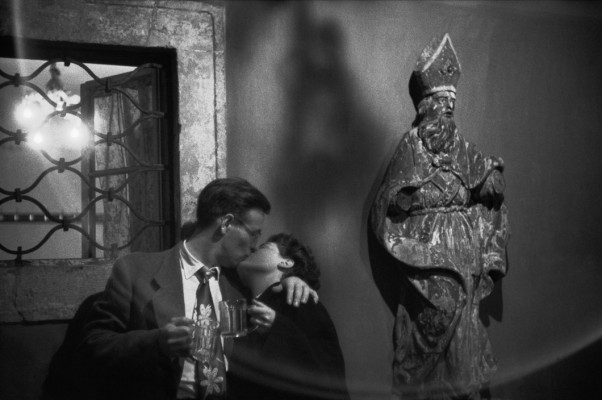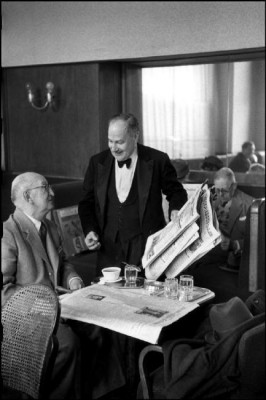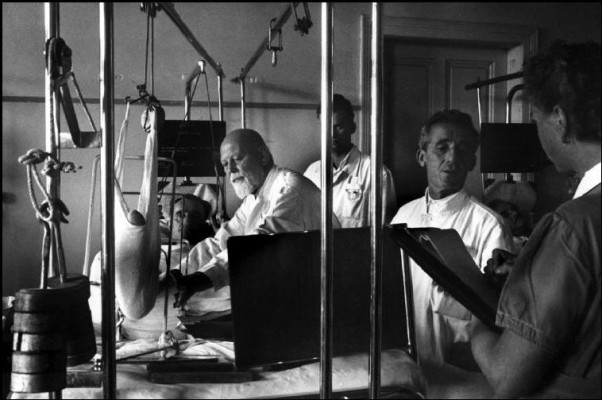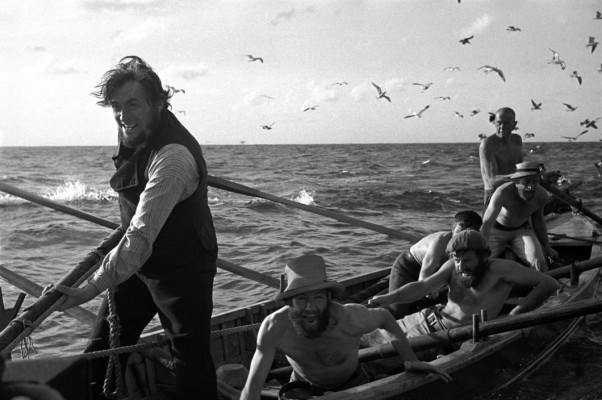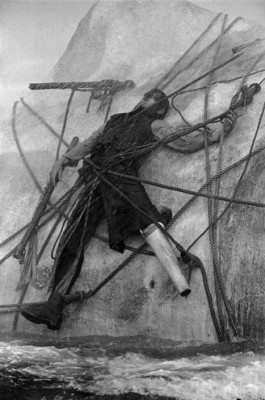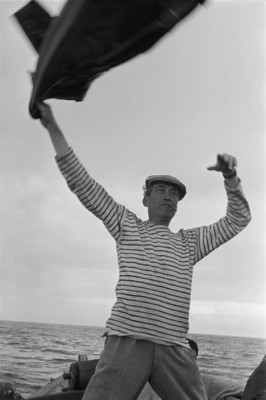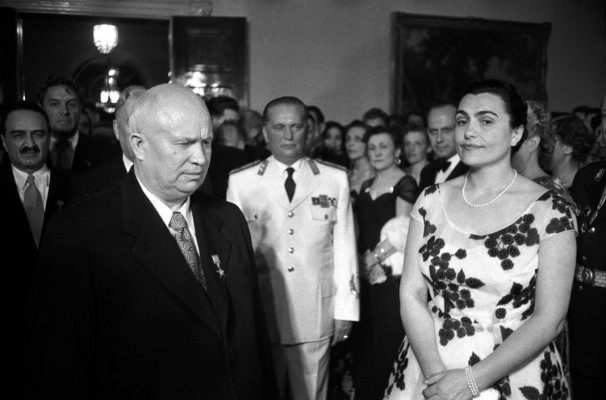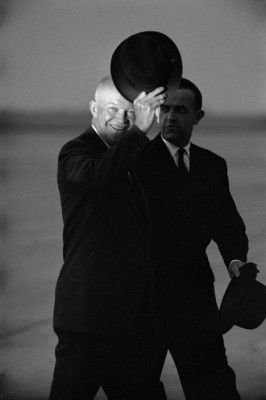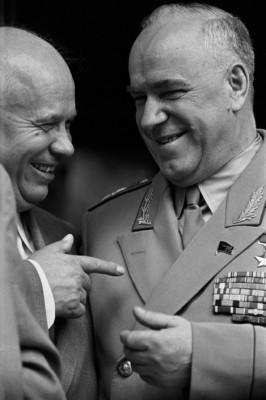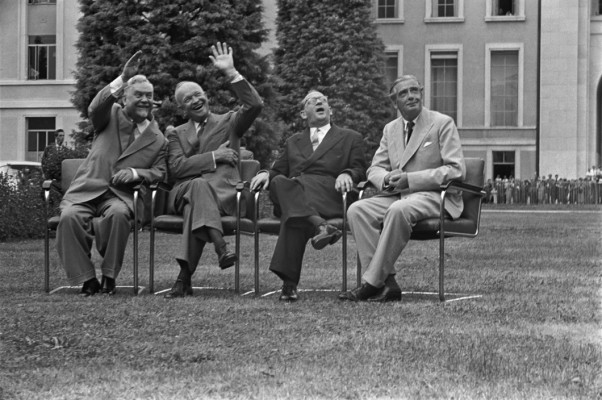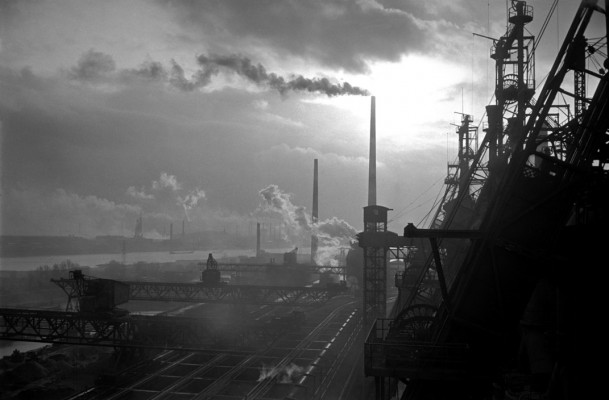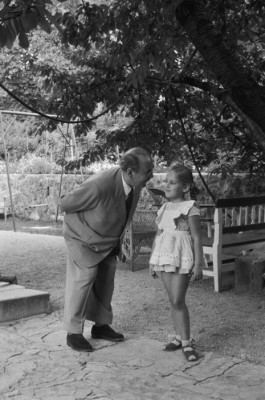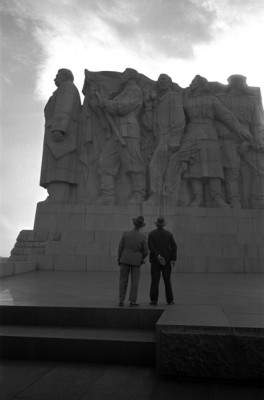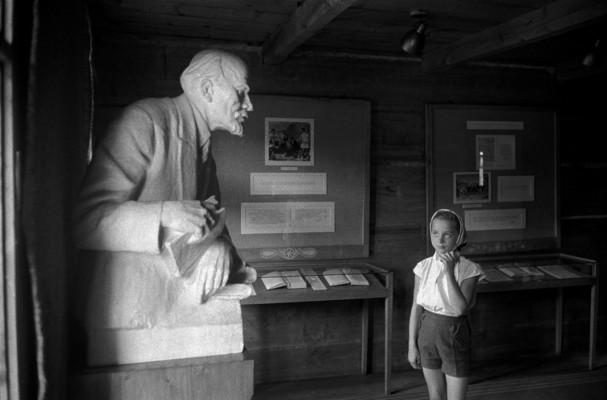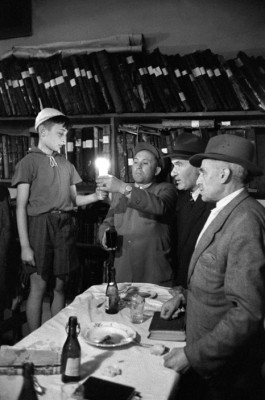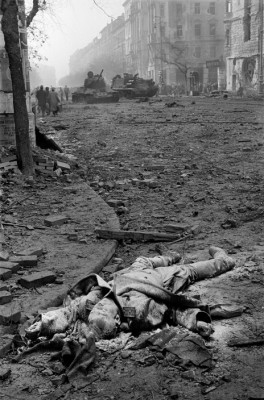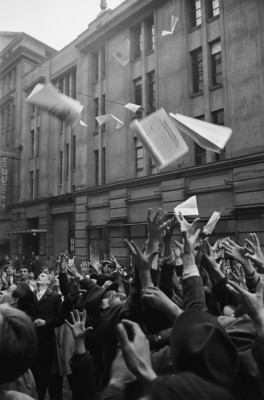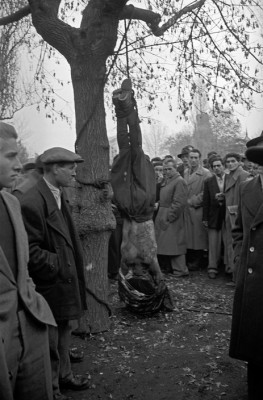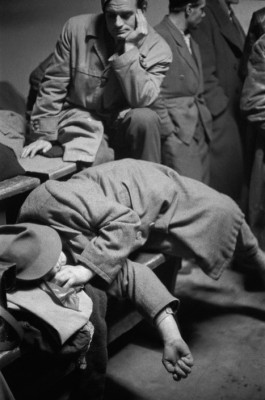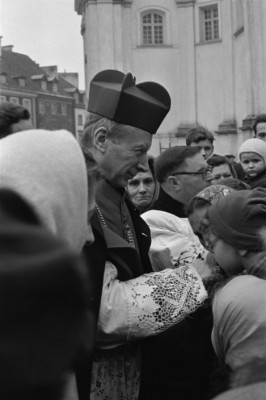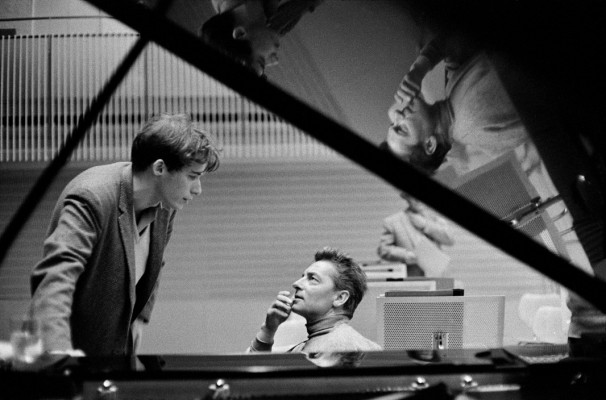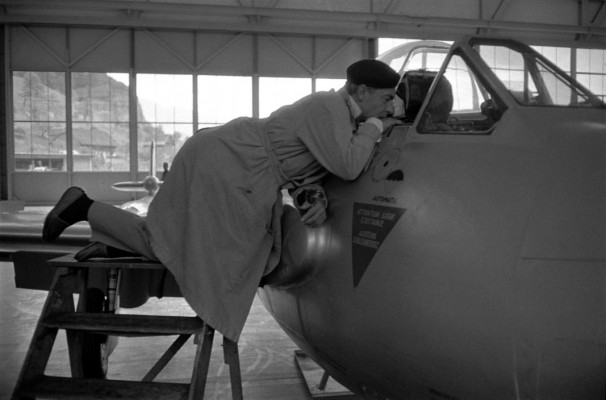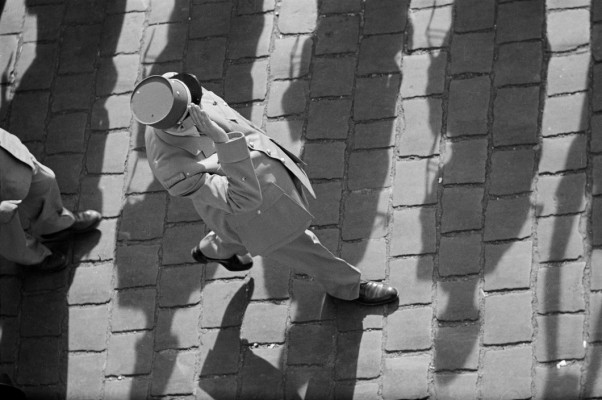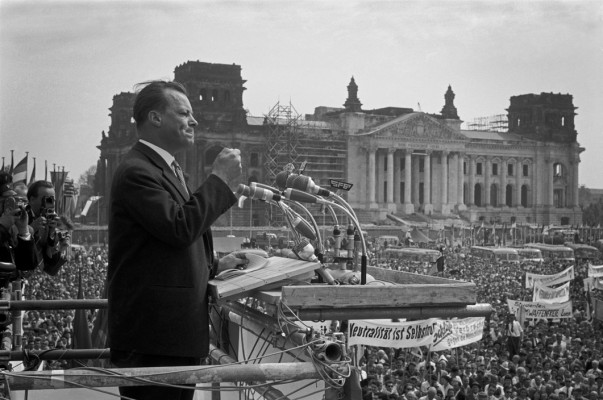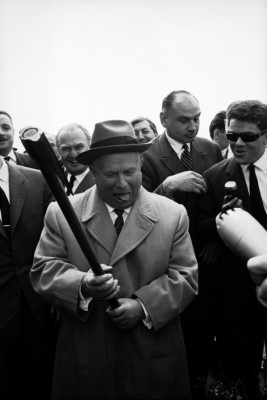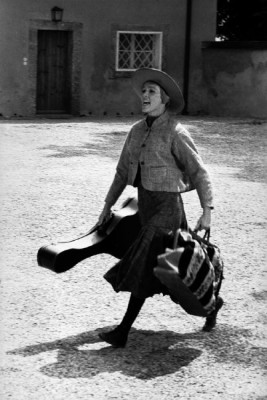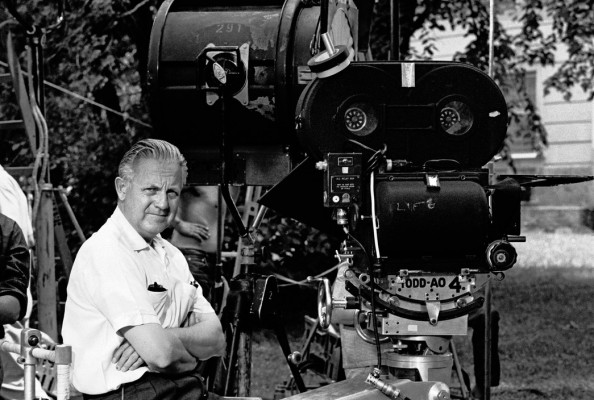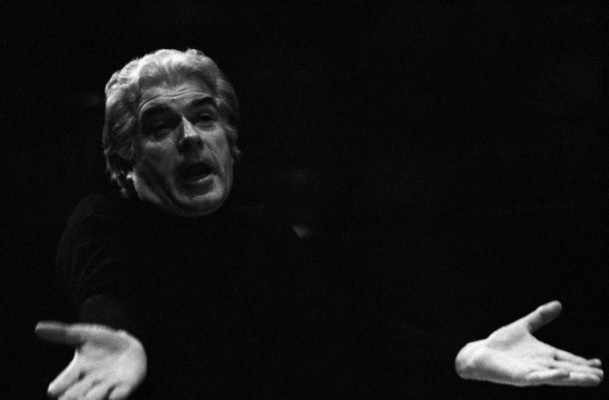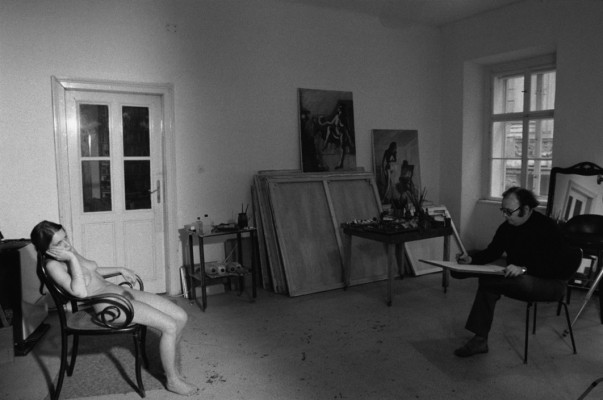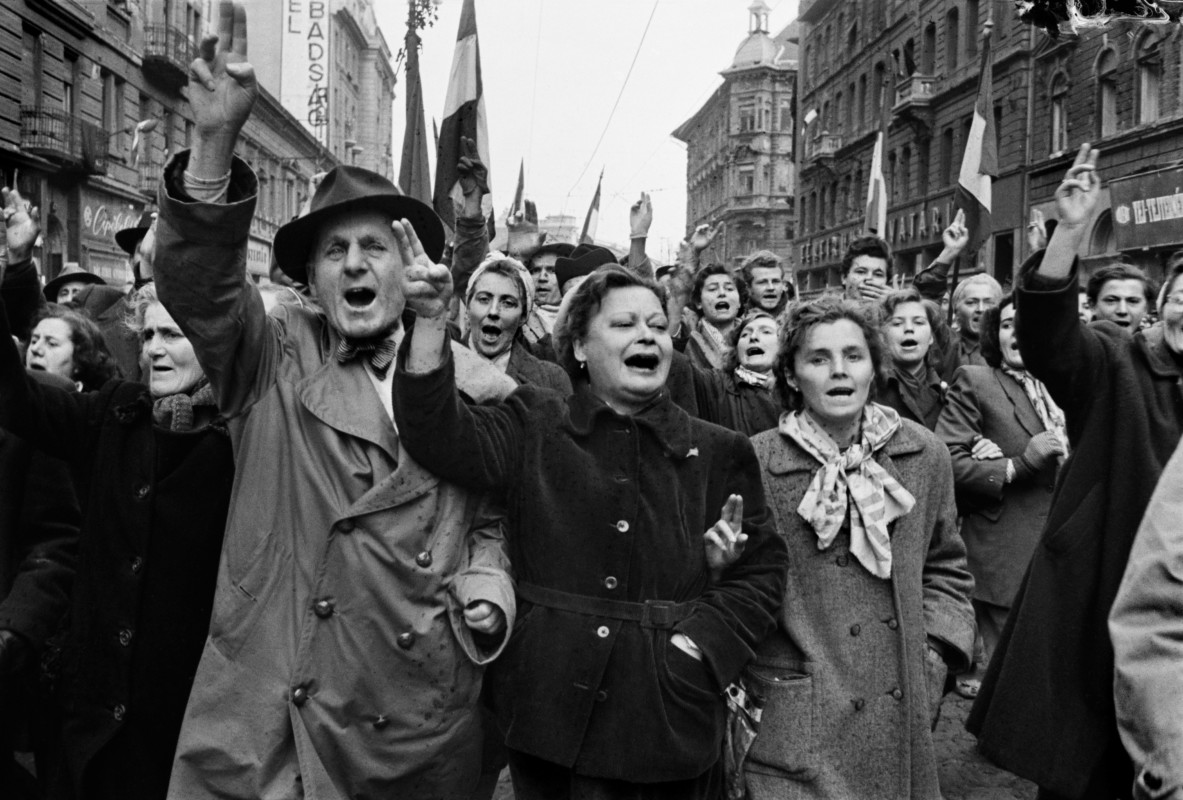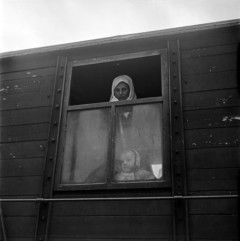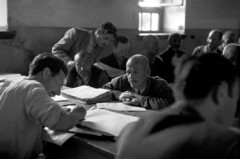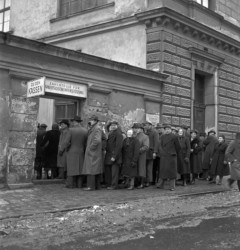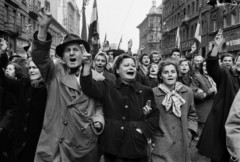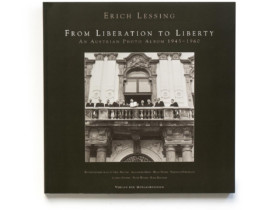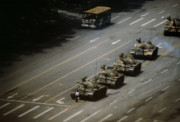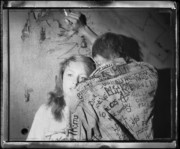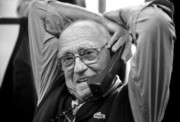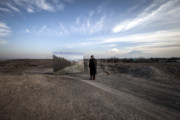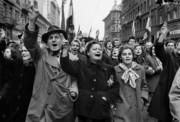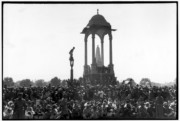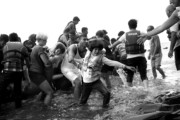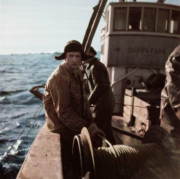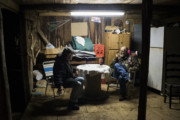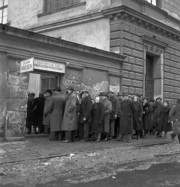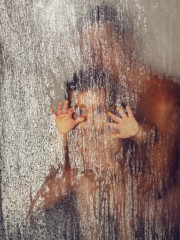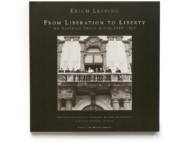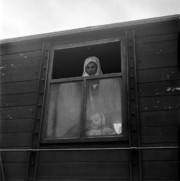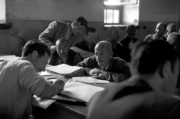Erich Lessing’s documentation of the 1956 Hungarian Revolution offers an unparalleled insight into the realities of the revolt
"I saw my job as providing documentation. I'm certainly not a storyteller in the way that a novelist is a storyteller. Reportage was not the sophisticated thing then that it is today"
- Erich Lessing
Erich Lessing was born in Vienna in 1923, the son of a dentist and a concert pianist. His father died of cancer in 1933. Sixteen-year-old Erich Lessing managed to escape to Palestine in 1939, but his mother and grandmother were murdered in Theresienstadt and Auschwitz.
Lessing studied radio engineering at the Technion, the Israel Institute of Technology in Haifa. Working as a taxi driver and a carp breeder in a kibbutz, he eventually found his way back to the hobby of his youth, photography. He started out as a kindergarten and beach photographer before joining the British 6th Airborne Division.
Returning to Austria in 1947, Lessing was hired as a photojournalist for the American news agency Associated Press. In 1951, David ‘Chim’ Seymour invited him to join Magnum Photos, a photographic cooperative with offices in Paris, New York, London, and Tokyo. He became a full member in 1955, and then a contributor.
In the course of his career, Erich Lessing covered many significant political and social events. His photographs illustrate the atmosphere of post-war Europe, such as Allied occupation in Vienna, reconstruction in war-damaged Germany, life under communist rule in Eastern Europe, several political summit conferences, Charles de Gaulle’s visit to Algeria in 1958 and the dramatic events of the Hungarian Uprising in 1956.
Erich Lessing’s photographs were published in renowned magazines including LIFE, Paris Match, Epoca, Picture Post, and Quick. Many of his images, such as the photograph showing the presentation of the Austrian State Treaty on the balcony of the Belvedere palace in front of a cheering crowd, have become iconic. Lessing’s portraits of politicians like Dwight D. Eisenhower, Konrad Adenauer or Nikita Khrushchev, and artists like Herbert von Karajan or Oskar Kokoschka won him international acclaim. He took pictures of the actors and crew on the film sets of Moby Dick, Zorba the Greek and The Sound of Music, and continued to capture vividly everyday life and unusual events, such as the Miss Sopot, the first beauty contest to be held in communist Poland.
From the 1960s, Lessing increasingly turned towards art and historical subjects, specializing in large-format colour photography. He photographed thousands of works of art in museums and visited historical sites and places of archeological interest. His work was published in more than sixty art books by international publishers: Szene about the Viennese Burgtheater and Opera, The Voyages of Ulysses in the footsteps of Homer, Imago Austriae, an Austrian history, The Bible as a history of the Jews, The Travels of Saint Paul, Florence and the Renaissance, The Louvre: All the Paintings and much more.
Recent volumes include Von der Befreiung zur Freiheit – Österreich nach 1945 and Anderswo, portraying the world away from the familiar and habitual.
Having taught photography in Arles, at the Venice Biennale, at the Salzburg Summer Academy and the University of Applied Arts in Vienna, Erich Lessing has been honored with numerous international awards. Awards include the Art Directors’ Club Award for his work during the Hungarian Revolution in 1956 and the Prix Nadar for his book The Voyages of Ulysses in 1966.
In 2013, Lessing received the Austrian Cross of Honour for Science and Art, First Class. This award was bestowed by the Republic of Austria in recognition of his lifetime achievements. He was a member of UNESCO’s International Commission of Museums (ICOM).
The Erich Lessing Kunst & Kulturarchiv, his archive and photo agency based in Vienna, organizes and licenses his photographic collection of more than 40.000 images and works closely with a network of international distribution agents. The collection covers a wide range of subjects such as religion and history, landscapes, historical portraits, music, fine art, and archeology. In 2012, Lessing opened a photo gallery in the heart of Vienna, where he showcased his work.
Lessing’s first wife, journalist Traudl Lessing, died in 2016. Lessing is survived by three children, four grandchildren, a great-grandson, and his wife, the psychotherapist Renée Kronfuss-Lessing.



